
- Afirika
- Chialubaniya
- Chiamharic
- Chiarabu
- Chiameniya
- Chiazerbaijani
- Basque
- Chibelarusi
- Chibengali
- Chibosnia
- Chibugariya
- Chikatalani
- Cebuano
- Chikosikani
- Chikroatia
- Chicheki
- Chidanishi
- Chidatchi
- Chingerezi
- Chiesperanto
- Chiestonia
- Chifinishi
- Chifalansa
- Chifrisian
- Chigalikiya
- Chijojiya
- Chijeremani
- Chigriki
- Gujarati
- Chikiliyo cha ku Haiti
- hausa
- Hawaii
- Chiheberi
- Ayi
- Miao
- Chihangare
- Chi Icelandic
- igbo
- Chi Indonesian
- ayi
- Chitaliyana
- Chijapani
- Chijavani
- Kanada
- kazakh
- Khmer
- Rwanda
- Chikorea
- Chikurdi
- Kyrgyz
- TB
- Chilatini
- Chilativiya
- Chilithuania
- ChiLuxembourgish
- Chimakedoniya
- Malgashi
- Chimalayi
- Malayalam
- Chimalta
- Chimaori
- Chimarathi
- Chimongoliya
- Myanmar
- Chinepali
- Chinorwe
- Chinorwe
- Occitan
- Pashto
- Chiperisi
- Chipolishi
- Chipwitikizi
- Chipunjabi
- Chiromania
- Chirasha
- Chisamoa
- Scottish Gaelic
- Chisebiya
- Chingerezi
- Chishona
- Sindi
- Sinhala
- Chisilovaki
- Chisiloveniya
- Somalia
- Chisipanishi
- Chisundanese
- Swahili
- Chiswidishi
- Chitagalogi
- Tajiki
- Tamil
- Chitata
- Telugu
- Thai
- Turkey
- Turkmen
- Chiyukireniya
- Chiurdu
- Uighur
- Chiuzbeki
- Vietnamese
- Welsh
- Thandizeni
- Chiyidi
- Chiyoruba
- Chizulu
Secure Saddle Clamp for Cable | Multi-Use Pipe & Rail Fixings
Understanding the Modern saddle clamp for cable: Design, Manufacturing, and Applications
In various industrial and infrastructural applications, the efficient and secure management of pipelines and cable conduits is paramount. A critical component enabling this is the saddle clamp for cable. This comprehensive guide delves into the intricate world of saddle clamps, exploring their manufacturing processes, technical specifications, diverse application scenarios, and the stringent standards that govern their production and deployment. We aim to provide B2B decision-makers and engineers with an authoritative resource, highlighting the critical role these components play in ensuring system integrity and operational efficiency.
Beyond traditional piping, the demand for specialized clamps extends to critical areas such as a saddle clamp for carbon rails in sophisticated mechanical systems, a saddle clamp for copper pipe in HVAC and plumbing, and highly robust solutions like a saddle clamp for hdpe pipe and a saddle clamp for poly pipe for resilient water and gas distribution networks. This article will consolidate expertise, experience, authoritativeness, and trustworthiness to equip professionals with actionable insights for informed procurement and application.
Detailed Manufacturing Process Flow for Saddle Clamps
The production of a high-quality saddle clamp for cable involves a meticulous multi-stage process, ensuring durability, reliability, and compliance with international standards. From raw material selection to final quality assurance, each step is critical.
1. Raw Material Selection & Inspection
- Body Material: Typically high-grade ductile iron (e.g., ASTM A536 Grade 65-45-12 or EN GJS-450-10) for its excellent strength-to-weight ratio and shock resistance, or stainless steel (304/316) for superior corrosion resistance in aggressive environments. For a saddle clamp for hdpe pipe or poly pipe, high-strength engineering plastics like polypropylene or nylon might be used for the saddle body.
- Bolts & Nuts: Stainless steel (A2/A4 grades) or galvanized carbon steel for robust fastening and long-term integrity.
- Gaskets: EPDM (Ethylene Propylene Diene Monomer) or NBR (Nitrile Butadiene Rubber) for excellent sealing properties, chemical resistance, and broad temperature range compatibility.
- Pre-processing: All incoming materials undergo rigorous chemical composition and mechanical property testing to ensure compliance with specifications like ISO 2531, EN 545, EN 598, and EN 12842.
2. Casting/Forging & Machining
- Casting (Ductile Iron): Utilizing sand casting or investment casting techniques, molten ductile iron is poured into molds to form the primary saddle clamp body and straps. This process is carefully controlled to prevent defects such as porosity or inclusions.
- Forging (Steel Components): For critical stress-bearing components, forging may be employed to enhance grain structure and mechanical properties, making the parts stronger and more resistant to fatigue.
- CNC Machining: Post-casting/forging, components undergo precision CNC machining to achieve exact dimensions, smooth surfaces, and perfect fits for gaskets and bolts. This includes drilling, threading, and facing operations.
3. Surface Treatment & Coating
Corrosion resistance is crucial for the extended service life of a saddle clamp. Common treatments include:
- Fusion Bonded Epoxy (FBE) Coating: A high-performance, thermosetting epoxy polymer applied electrostatically to preheated metal surfaces, forming a durable, corrosion-resistant layer. This is vital for underground or submerged applications and adheres to standards like EN 14901 or AWWA C213.
- Hot-Dip Galvanization: For steel components, immersion in molten zinc provides a robust sacrificial corrosion protection layer.
- Powder Coating: Applied to offer both aesthetic appeal and additional corrosion protection.
4. Gasket Manufacturing & Assembly
- Gasket Production: EPDM or NBR rubber is molded or extruded to create the specific profiles required for effective sealing. These gaskets are designed to provide a watertight and gas-tight seal even under varying pressures and temperatures.
- Final Assembly: The coated saddle body, gasket, bolts, and nuts are assembled. Attention to proper torque settings is critical to ensure optimal sealing pressure without over-stressing components.
5. Quality Control & Testing
Rigorous testing ensures each saddle clamp for cable meets stringent performance and safety standards.
- Hydrostatic Pressure Test: Clamps are tested beyond their rated working pressure to confirm leak integrity.
- Dimensional Verification: Precise measurements against design specifications using calibrated instruments.
- Coating Adhesion Test: Assessing the bond strength of the protective coatings.
- Torque Testing: Verifying bolt strength and secure fastening.
- Material Composition Analysis: Confirmatory testing for material integrity.
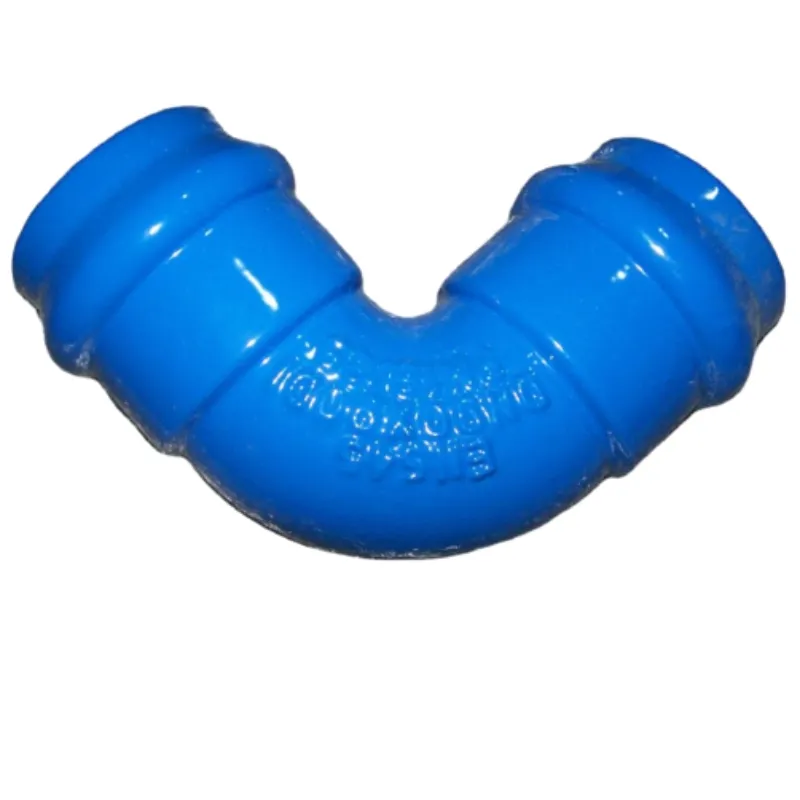
Illustration of precision engineering in saddle clamp manufacturing.
6. Packaging & Dispatch
Products are carefully packaged to prevent damage during transit, ensuring they arrive in optimal condition for deployment.
Service Life & Target Industries: A well-manufactured saddle clamp for cable can have a service life exceeding 50 years, significantly reducing maintenance and replacement costs. Target industries include: Water Supply & Drainage, Petrochemical, Metallurgy, Mining, Power Generation, and Telecommunications. Advantages in these scenarios include energy saving through leak prevention, exceptional corrosion resistance, and rapid deployment capabilities.
Industry Trends in Saddle Clamp Technology
The evolution of infrastructure demands continuous innovation in connection technologies. Several key trends are shaping the future of saddle clamps:
- Sustainable Materials: Increasing adoption of recycled or eco-friendly materials, and coatings with lower VOC emissions.
- Smart Infrastructure Integration: Development of saddle clamps with integrated sensors for real-time monitoring of pressure, temperature, or flow, enabling predictive maintenance and reducing water loss in smart cities.
- Higher Pressure Ratings & Versatility: Demand for clamps capable of handling higher operating pressures and accommodating a wider range of pipe materials (e.g., steel, PVC, HDPE, asbestos cement). This is particularly relevant for a saddle clamp for poly pipe used in high-pressure irrigation.
- Modular & Customizable Solutions: Greater emphasis on modular designs that allow for easy adaptation to specific site conditions and integration of auxiliary components.
- Enhanced Corrosion Protection: Continued advancements in coating technologies to extend product lifespan in increasingly aggressive environments.
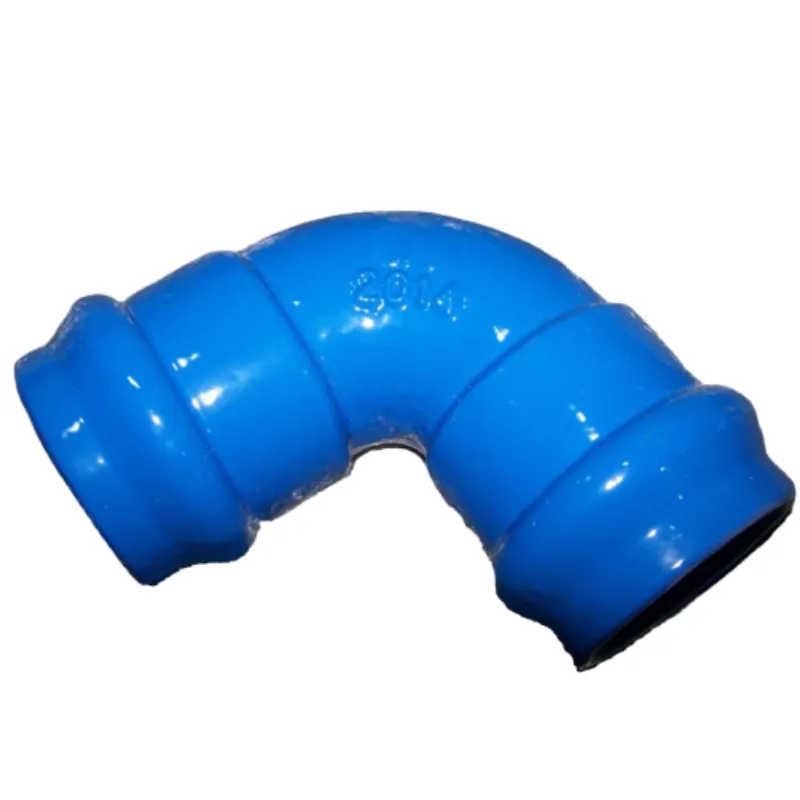
Advanced saddle clamp design tailored for modern utility networks.
Technical Specifications & Parameters
Understanding the core technical specifications is crucial for selecting the appropriate saddle clamp for cable or pipe application. These parameters ensure compatibility, performance, and long-term reliability.
Key Technical Data for Standard Saddle Clamps
| Parameter | Specification / Range |
|---|---|
| Body Material | Ductile Iron (EN GJS-450-10, ASTM A536 Grade 65-45-12), Stainless Steel (304, 316), HDPE, PP |
| Gasket Material | EPDM, NBR (conforming to EN 681-1) |
| Bolts & Nuts | Stainless Steel (A2/A4), Galvanized Carbon Steel (Grade 8.8, 4.8) |
| Coating | Fusion Bonded Epoxy (FBE) minimum 250 µm (EN 14901, AWWA C213), Hot-Dip Galvanization (EN ISO 1461) |
| Pipe Diameter Range | DN50 - DN600 (2" - 24") and larger for custom solutions |
| Outlet Connection Type | Flanged, Threaded (BSP/NPT), Push-fit |
| Working Pressure (PN) | PN10, PN16, PN25 (10, 16, 25 bar) |
| Temperature Range | -10°C to +80°C (depending on gasket material) |
| Design Standards | ISO 2531, EN 545, EN 598, EN 12842, AWWA C223 |
These specifications are crucial for ensuring that the chosen clamp can withstand the operational stresses and environmental conditions of its intended application. For instance, the pressure rating (PN) directly correlates with the maximum internal pressure the clamp can safely contain, while the gasket material dictates its chemical and temperature resistance.
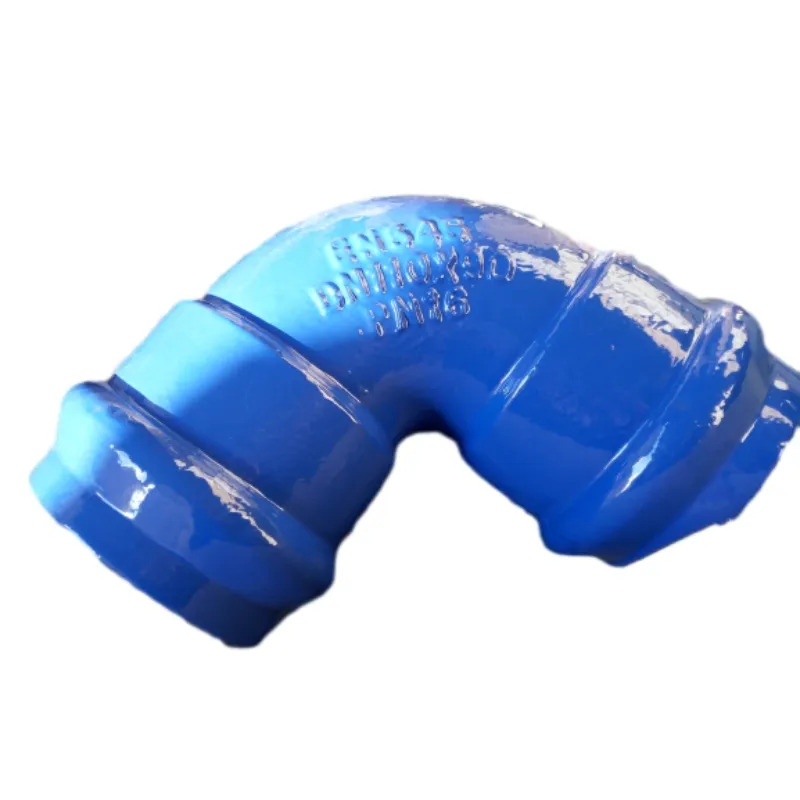
Detailed view of saddle clamp components and materials.
Diverse Application Scenarios
The versatility of saddle clamps makes them indispensable across a wide array of industries and applications. Their primary function is to create a branch connection or repair a localized section of a pipeline without interrupting the main flow. This makes a saddle clamp for cable, and various pipe materials, highly valuable.
- Water Distribution Networks: Critical for making service connections to main water lines, adding fire hydrants, or repairing leaks without extensive pipe cutting. This includes applications for both a saddle clamp for hdpe pipe and traditional ductile iron mains.
- Gas Supply Systems: Used to tap into gas mains for residential or industrial service lines, requiring robust, leak-proof connections.
- Irrigation Systems: Facilitating branch-offs for agricultural irrigation, where a saddle clamp for poly pipe is frequently utilized due to the material's flexibility and cost-effectiveness.
- Telecommunication & Electrical Conduits: Securely fastening conduits to structures or other pipes, protecting valuable cabling.
- Industrial Process Piping: Creating instrument taps, sampling points, or branch lines in chemical plants, oil & gas facilities, and manufacturing units. For specialized systems, a saddle clamp for copper pipe might be specified for its distinct properties.
- HVAC Systems: Providing quick and reliable connections in heating, ventilation, and air conditioning systems.
- Marine and Offshore: Stainless steel variants are essential for corrosive saline environments, securing piping and cabling.
The ability to install a saddle clamp on an existing live pipe, often referred to as "hot tapping," significantly reduces downtime and operational costs, making them an economically viable solution for infrastructure development and maintenance.
Technical Advantages of Advanced Saddle Clamp Designs
Modern saddle clamps offer a suite of technical advantages that translate into significant operational benefits:
- Rapid Installation: Designed for quick and straightforward installation, significantly reducing labor costs and project timelines compared to traditional cut-in fittings.
- Leak-Proof Seal: High-quality elastomeric gaskets (EPDM, NBR) conform to the pipe's curvature, creating a robust, long-lasting seal against internal pressure, minimizing water loss or gas leakage.
- Corrosion Resistance: Advanced protective coatings (FBE, galvanization) shield the metal components from environmental degradation, ensuring longevity, especially for underground or exposed installations.
- Versatility Across Materials: Compatibility with various pipe materials, including ductile iron, PVC, HDPE, AC pipe, and even steel, achieved through specific gasket designs and clamp configurations. This includes specialized saddle clamp for carbon rails where precise grip and material integrity are crucial.
- Minimized Downtime: The ability to make connections or repairs on live mains often eliminates the need for system shutdowns, crucial for continuous operations.
- High Pressure Capability: Engineered to withstand high internal pressures, meeting the demands of modern water and gas distribution systems (e.g., up to PN25).
- Structural Integrity: Robust construction ensures the clamp remains stable and secure, resisting external forces and vibration over time.
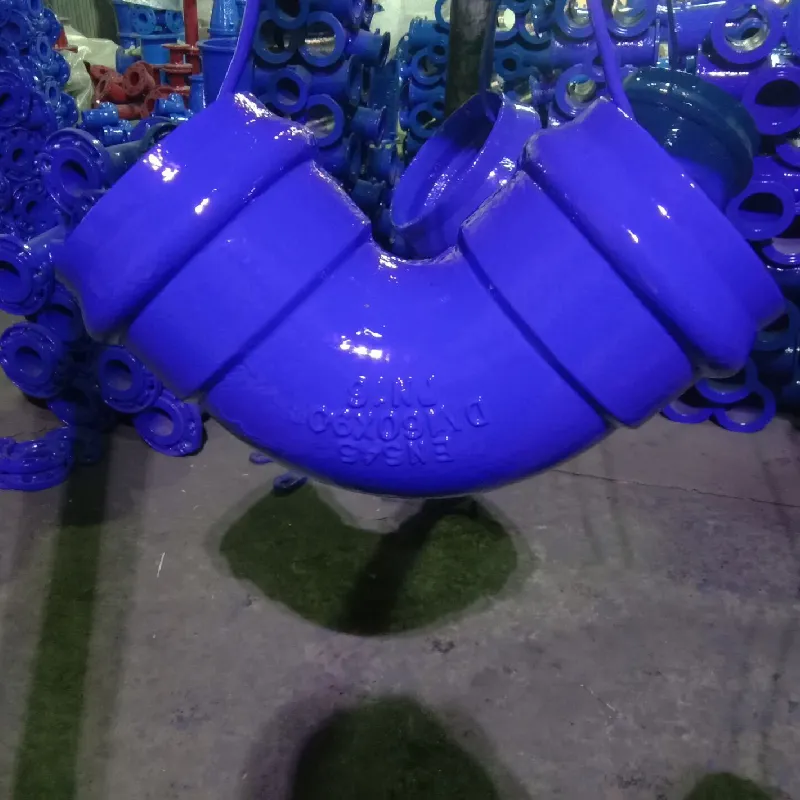
A robust saddle clamp ensuring critical infrastructure reliability.
Vendor Comparison and Selection Criteria
Choosing the right vendor for saddle clamp for cable and pipe applications is critical for ensuring product quality, reliability, and cost-effectiveness. A strategic approach involves evaluating several key factors:
Key Vendor Evaluation Metrics
| Feature/Criterion | High-Tier Vendor (Example: HBYQ Metal) | Standard Vendor |
|---|---|---|
| Product Quality & Materials | Premium Ductile Iron (EN GJS-450-10), Stainless Steel (304/3316), EPDM Gaskets (EN 681-1), FBE Coating (min. 250µm) | Standard Ductile Iron, Galvanized Steel, NBR Gaskets, Paint/Thinner Coating |
| Certifications & Standards | ISO 9001, ISO 14001, OHSAS 18001, Compliance with EN 545, EN 598, EN 12842, AWWA C223, WRAS/ACS approvals | Basic ISO 9001, local standards compliance |
| Customization Capability | Extensive (custom dimensions, materials, coatings, outlet types, branding) with engineering support | Limited to standard modifications, no R&D support |
| Lead Time & Fulfillment | Optimized production, reliable logistics, buffer stock for common items (e.g., 4-6 weeks for custom orders) | Variable, often longer for specialized items (e.g., 8-12+ weeks) |
| Technical Support & Warranty | Dedicated engineering support, comprehensive documentation, 10+ years warranty on core products | Basic support, standard 1-2 year warranty |
| Price Point | Competitive for value, reflecting superior quality and longevity | Lower initial cost, potentially higher lifecycle cost due to maintenance/replacement |
Prioritizing vendors with a strong track record, robust quality control, and comprehensive after-sales support ensures long-term value and minimizes operational risks.
Customized Solutions for Unique Requirements
While standard saddle clamps meet most requirements, certain projects demand tailored solutions. Reputable manufacturers offer extensive customization options, collaborating closely with clients to develop products that perfectly match specific operational parameters and environmental challenges.
- Material Customization: Beyond standard ductile iron or stainless steel, specific alloys or high-performance plastics can be utilized for extreme temperatures, aggressive chemicals, or specialized applications like a saddle clamp for carbon rails where galvanic corrosion must be avoided.
- Size and Configuration: Custom clamps for non-standard pipe diameters, wall thicknesses, or unique outlet orientations (e.g., multiple outlets, angled connections).
- Coating Systems: Application of specialized coatings for highly corrosive environments (e.g., offshore, acidic soils), including multi-layer systems or ceramic-reinforced epoxies.
- Gasket Formulation: Custom rubber compounds engineered for specific fluid types (e.g., fuels, solvents) or wider temperature ranges than standard EPDM/NBR.
- Integrated Features: Incorporating elements like pressure taps, grounding points for electrical applications, or mounting brackets for additional equipment directly into the clamp design.
- Pressure Rating Enhancement: Reinforcing clamp structures and bolt designs to accommodate exceptionally high working pressures beyond standard ratings.
Such customization is often essential for critical infrastructure projects where off-the-shelf solutions may compromise performance or system integrity. Collaborative design with experienced engineers ensures optimal functionality and compliance with project-specific regulations.
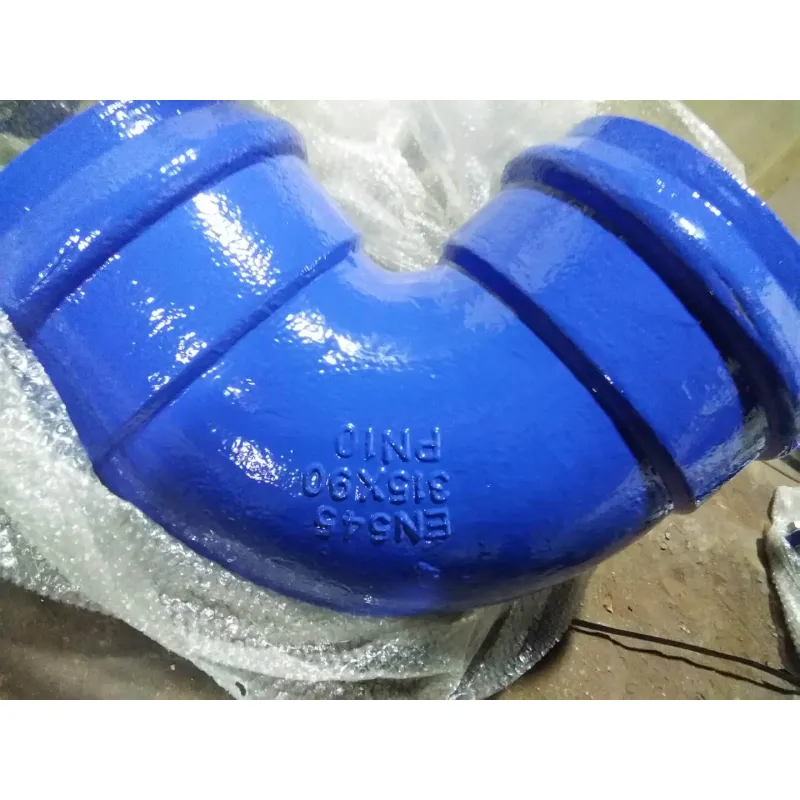
Customized saddle clamp solution ready for specialized installation.
Application Case Studies
Case Study 1: Municipal Water Main Upgrade - Leak Reduction Project
Client: Major Metropolitan Water Authority, Europe
Challenge: An aging cast iron water main (DN400) was experiencing frequent small leaks at existing service connections, leading to significant water loss and repair costs. Interrupting service for repairs was not feasible due to continuous demand.
Solution: The authority opted for high-durability ductile iron saddle clamp for cable (specifically designed for water mains) with FBE coating and EPDM gaskets. Over 200 units were installed using live tapping techniques to replace problematic connections and add new ones without service interruption.
Outcome: Water loss due to leaks was reduced by an estimated 15% within the first year, and repair callouts for these connections dropped by 90%. The FBE coating and robust design ensured a projected service life of over 60 years, minimizing future maintenance.
Case Study 2: Industrial Plant Expansion - Chemical Transport
Client: Petrochemical Processing Facility, Middle East
Challenge: An expansion project required adding multiple sensor and sampling points to existing high-pressure (PN25) chemical transport lines (DN200 stainless steel) carrying corrosive agents. Traditional welding was deemed too risky due to flammable substances and long downtime.
Solution: Custom-engineered stainless steel (316L grade) saddle clamps with specialized PTFE-lined gaskets were designed and manufactured. Each clamp included an integrated threaded port for direct sensor attachment. Full material traceability and pressure certifications were provided.
Outcome: The clamps were installed rapidly during a planned minor shutdown, enabling the integration of critical monitoring equipment without significant disruption. The custom material and gasket selection ensured chemical compatibility and long-term integrity in a challenging environment. The solution proved superior to alternative methods, avoiding potential welding hazards and minimizing project delays.
Frequently Asked Questions (FAQ)
Q1: What is the typical lifespan of a high-quality saddle clamp?
A1: A well-manufactured saddle clamp for cable, made from high-grade materials like ductile iron or stainless steel with appropriate coatings (e.g., FBE) and quality gaskets, can have a service life exceeding 50 to 60 years in typical operational conditions. Factors such as installation quality, specific environmental conditions, and fluid characteristics can influence this.
Q2: Can saddle clamps be installed on live pipes?
A2: Yes, a significant advantage of many saddle clamps is their capability for "hot tapping" or live installation. This means connections can be made or repairs performed without shutting down the main pipeline, thereby minimizing disruption and cost. Specialized tools and procedures are required for safe hot tapping.
Q3: How do I select the correct gasket material for my application?
A3: Gasket selection is critical. EPDM is generally suitable for potable water, wastewater, and many dilute acids and bases, with a good temperature range. NBR is preferred for hydrocarbons, oils, and gases. For specialized chemicals or extreme temperatures, other materials like Viton or Silicone may be required. Always consult material compatibility charts and product specifications.
Q4: What standards should a reputable saddle clamp adhere to?
A4: Reputable saddle clamps should adhere to international standards such as ISO 2531, EN 545 (for ductile iron pipes), EN 598 (for wastewater applications), EN 12842 (for ductile iron fittings for PVC/PE pipes), and AWWA C223 (for American standards). Coatings should meet EN 14901 or AWWA C213. Adherence to these standards ensures quality, compatibility, and performance.
Lead Time, Fulfillment & Warranty
Lead Time & Fulfillment
Standard saddle clamp for cable and pipe products typically have a lead time of 4-6 weeks, depending on order volume and specific requirements. For highly customized solutions or very large project orders, lead times may extend to 8-12 weeks, as these involve specialized material procurement and manufacturing processes. We maintain strategic inventory levels for commonly requested sizes and types to facilitate quicker turnaround on urgent orders. Our global logistics network ensures efficient and reliable delivery to your project site, minimizing delays.
Warranty Commitments
We stand by the quality and durability of our products. All our saddle clamps come with a comprehensive warranty against manufacturing defects and material failures under normal operating conditions. Standard warranty periods range from 5 to 10 years, depending on the specific product line and materials. Extended warranty options may be available for large-scale projects, reflecting our confidence in the longevity and performance of our engineering solutions.
Customer Support & After-Sales Service
Our commitment extends beyond product delivery. We offer dedicated technical support, including installation guidance, troubleshooting, and material selection advice, through our team of experienced engineers. After-sales service ensures prompt responses to any inquiries or issues, providing spare parts and replacement components as needed to maintain the integrity and functionality of your systems throughout their operational life. Your satisfaction and project success are our priority.
References
- European Standard EN 545: Ductile iron pipes, fittings, accessories and their joints for water pipelines - Requirements and test methods.
- ISO 2531: Ductile iron pipes, fittings, accessories and their joints for water applications - Requirements and test methods.
- AWWA Manual M11: Ductile-Iron Pipe and Fittings, 3rd Edition. American Water Works Association.
- NACE International Standard SP0169-2013: Control of External Corrosion on Underground or Submerged Metallic Piping Systems.
- BSI British Standard BS EN 681-1: Elastomeric seals - Material requirements for seals for use in water and drainage applications - Part 1: Vulcanized rubber.
-
Winter Maintenance Tips for Recessed Manhole Cover RoundNkhaniAug.15,2025
-
Smart Sensors in Modern Manhole Cover FramesNkhaniAug.15,2025
-
Round Recessed Drain Covers for Industrial FacilitiesNkhaniAug.15,2025
-
Preventing Water Leakage Around Manhole Lid And FrameNkhaniAug.15,2025
-
How Recessed Drain Covers Improve AestheticsNkhaniAug.15,2025
-
Benefits of Using a Cast Iron Manhole CoverNkhaniAug.15,2025
-
Tree Grates Drainage Performance AnalysisNkhaniAug.08,2025